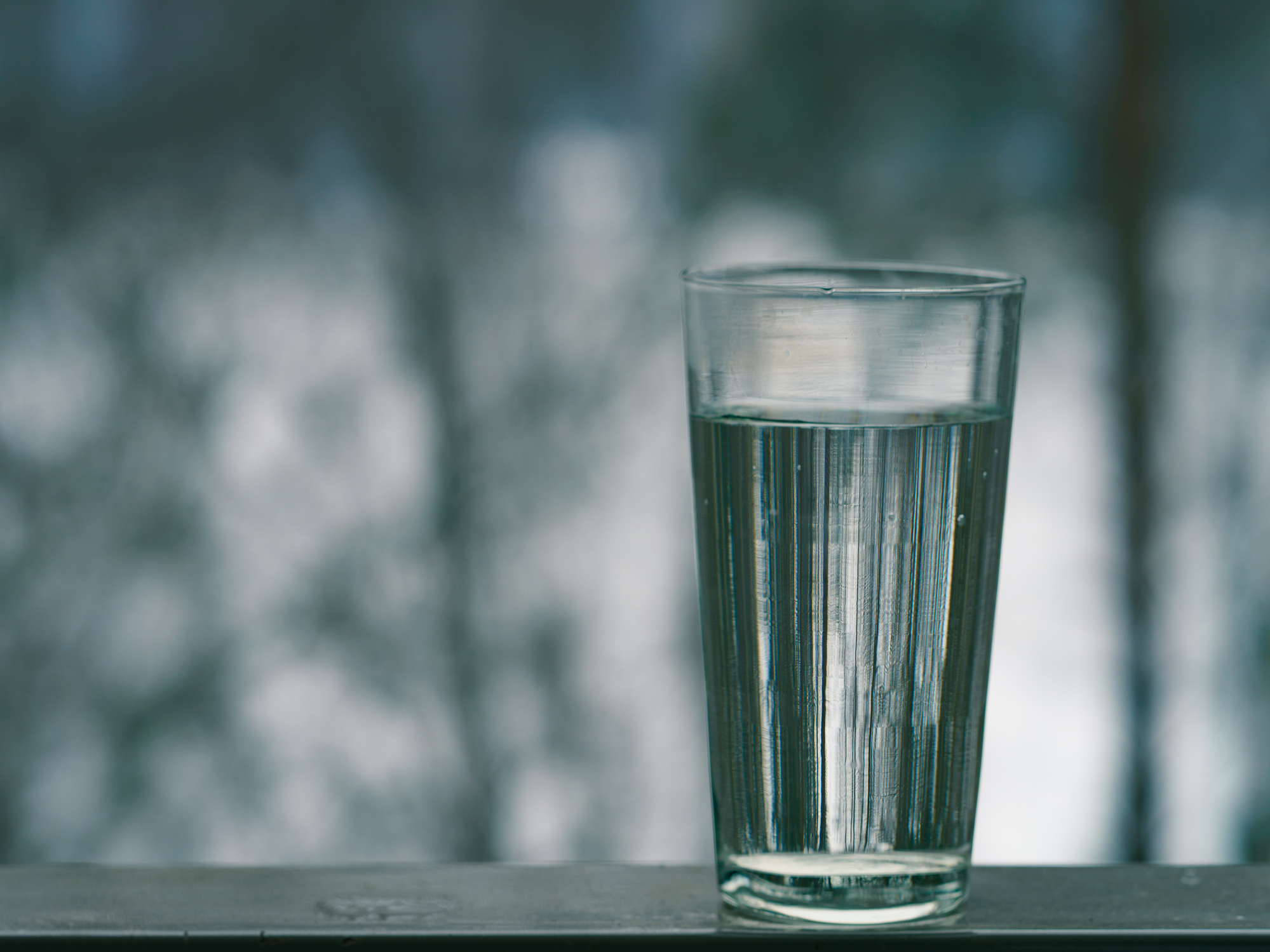

Look around your home. You’re surrounded by poisonous chemicals that are almost impossible to get rid of.
Per- and polyfluoroalkyl substances, better known as PFAS, are a class of chemicals that don’t naturally break down, and so they accumulate in water, soil, and in the human body.
They’re also found in everything from non-stick cookware to takeout containers to cosmetics.
Studies have shown that high levels of these “forever chemicals” increase the risk of cancer and other adverse health effects, including liver damage and thyroid disease.
Finally, after years of waiting, the Environmental Protection Agency (EPA) is moving to protect our drinking water from these devastatingly harmful chemicals.
Experts are excited by this development.
But some are asking, “Is that enough?”
A good first step… but ONLY a first step
The United States Environmental Protection Agency (EPA) has finally proposed strict limits on six common per- and polyfluoroalkyl substances (PFAS) in drinking water.
It’s taken way longer than it should have for the government to get around to actually regulating these dangerous chemicals in the water we drink and cook with.
But now that they have, many experts are calling for them to do even more by holding manufacturers of products with PFAS accountable.
The EPA’s proposal for cleaning up drinking water “just doesn’t go far enough,” says Carmen Messerlian, a professor of reproductive environmental epidemiology at Harvard’s TH Chan School of Public Health.
“The government needs to hold these companies strictly accountable at the highest level possible and say, ‘No more PFAS, we’re banning them,” she says.
Elsie Sunderland, a professor of environmental chemistry who leads environmental contaminants research at Harvard, would agree.
“You can’t just regulate in drinking water, without addressing the other side,” Professor Sunderland said, referring to the countless US companies selling products full of PFAS.
She points out that, while filtration systems can remove “forever chemicals” like PFOA and PFOS (the most common) from our drinking water, that doesn’t stop them from entering our bodies through food, furniture, clothing, makeup and other items.
The root of the problem
Even in a “best case scenario” where the government ends all use of PFAS, Professor Sunderland warns that the same thing will happen again with other chemicals — unless we address the real cause of the problem…
That, she says, is the “innocent until proven guilty” system in place: the U.S. regulation that does not require that any new chemical be thoroughly vetted for safety or human-health hazards before it’s used on the market.
As things stand, chemical manufacturers are “innocent until proven guilty,” she says, and the burden of proof falls on people and communities who try and sue companies over health issues they believe are related to “forever chemicals” in products they’re using.
So, what can you do?
Although this may seem like an insurmountable problem, there are things you can do to limit your exposure to PFAS:
Check your area’s water supply. The Environmental Working Group has created an interactive, county-by-county map to show areas where drinking water has been found unsafe.
Use the right filter. Use a reverse osmosis filter on your taps. Carbon filters won’t reliably remove PFOA. Only a reverse osmosis filter can remove already dissolved particles.
Ask questions. Contact your local water authority and find out whether they test for PFOA. If they do, find out what the levels are (in parts per billion). Remember that this chemical is not safe at any level, but your water should definitely register at one ppb or less.
Avoid products with PFOA. These include stain-resistant carpets and Teflon pans. Electric kitchen appliances with nonstick coatings, such as rice cookers, pressure cookers and waffle irons, can also be coated with Teflon.
And those Chinese takeout boxes? Anything with that smooth, shiny coating may be full of Teflon and PFC chemicals.
Don’t eat microwave popcorn. The inside of the bag is usually coated with a perfluorinated chemical (PFC) called a fluorotelomer that can break down to form PFOA.
Check out your personal care products. PFCs are added to some cosmetics (nail polish, moisturizers, and eye makeup), as well as shaving cream and dental floss. Avoid products that include the words “fluoro” or “perfluoro” on the label.
Support your liver. Your liver is your body’s main detoxing organ, responsible for filtering your blood and removing toxins and waste. But forever chemicals don’t come out of the body easily. By supporting the natural detox processes, it may lighten the liver’s load in general. Certain nutrients support the liver’s processes and chelating agents may help facilitate them.
Sources:
EPA Moves to Limit ‘Forever Chemicals’ in Drinking Water, But Is It Enough? — Science Alert
Maine’s ban on ‘forever chemicals’ marks a big win for some scientists — Science
The EPA wants to regulate hazardous ‘forever chemicals,’ which are found in items like pizza boxes, nonstick pans, and cleaning products — Insider
FACT SHEET: Biden-Harris Administration Launches Plan to Combat PFAS Pollution — The White House
PFAS Bans, Restrictions Go Into Effect in States in 2023 — Bloomberg Law

